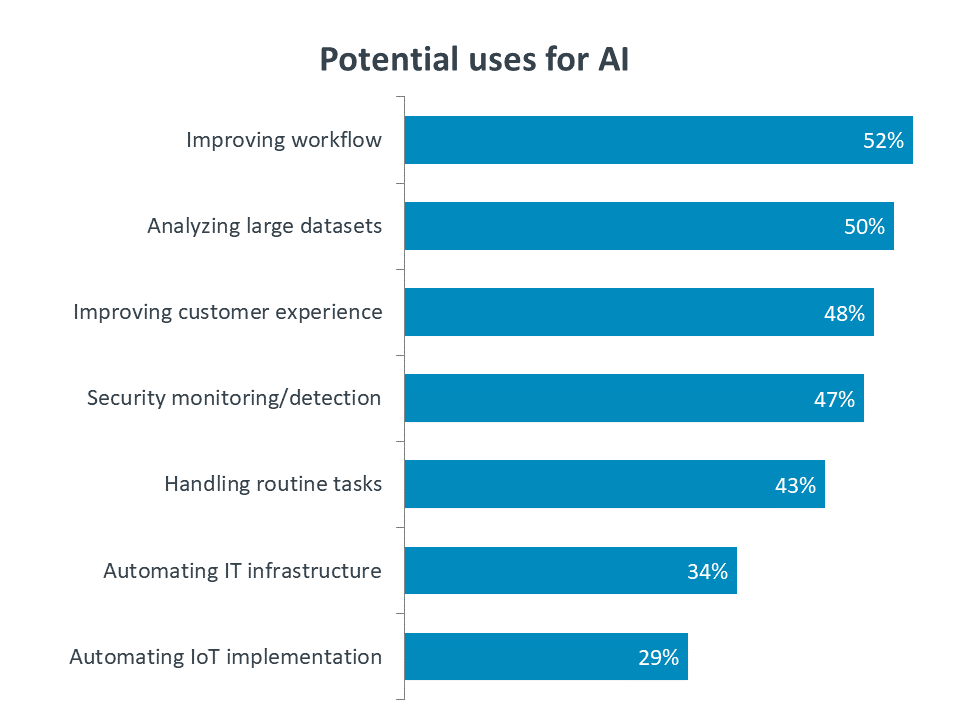Artificial intelligence systems are advancing rapidly in their ability to play games at superhuman levels. While competitive multiplayer games still require human skills, AI is demonstrating groundbreaking progress and driving scientific discoveries through its work with popular titles. Let’s explore how AI is changing gaming and furthering research.

Part 1: Early Challenges for AI in Games
Programming bots capable of matching skilled human players has long presented complex challenges for developers. Even games with simpler mechanics require an understanding of complex strategy formulation and coordinated team-based decision making that was difficult to program into AI systems. As online multiplayer grew in popularity through the 2000s, the need for AI bots to fill games diminished, so developers focused less on advancing their abilities. While early research bots could compete against novice players, achieving competence comparable to top-level esports athletes remained an elusive goal. Games with intricate economies, freeform creativity, or partial observability of information posed especially difficult problems in artificial intelligence. Progress was slow without the powerful machine learning techniques now available.
Part 2: Games as AI Research Environments
In the 2010s, researchers began leveraging popular games as controlled testbeds to develop new machine learning algorithms. Their simple rules and immediate performance feedback made them ideal environments to investigate problems in reinforcement learning and other fields. Atari games helped pioneer this approach, showing neural networks could learn to excel without human instruction. More complex 3D titles now serve as important platforms to study challenges in real-time strategy, problem solving, and multi-agent interaction. Valve’s Defense of the Ancients helped drive progress in collaborative team AI. Strategy games like StarCraft provide rich environments to examine issues such as imperfect information, planning over long time horizons, and learning generalized game-playing abilities.
Part 3: DeepMind and StarCraft II
In 2016, Google’s DeepMind research group partnered with Blizzard to use their popular RTS StarCraft II as a challenging new AI research environment. The game offers a comprehensive setting to investigate critical issues like partial observability, long-term planning under uncertainty, and retaining memory over complex scenarios unfolding across multiple maps and game modes. DeepMind helped develop application programming interfaces (APIs) and curriculum learning methods tailored for AI research with StarCraft II. These will be publicly released to enable any research group to leverage the game’s intricate mechanics and competitive play. Their work has already achieved impressive results, with prototypes defeating top professional players at specific StarCraft II game modes through neural network self-play.
Part 4: AlphaGo Masters the Game of Go
Another milestone was DeepMind’s AlphaGo, which used deep reinforcement learning to achieve superhuman performance at Go, an enormously complex strategic board game. In 2016, AlphaGo defeated top-ranked professional Go player Lee Sedol 4-1, demonstrating an ability to discover new tactics and winning strategies that surprised even human masters of the game. By leveraging the huge number of possible moves and games of Go for self-supervised learning through neural networks, AlphaGo gained a more comprehensive understanding than any human. Its innovative use of Monte Carlo tree search allowed evaluating positions more accurately. This groundbreaking work established that carefully designed deep learning techniques could solve challenging games previously thought to require human-level reasoning.
Part 5: IBM Watson Tackles Question Answering
Beyond gaming applications, AI is also assisting users through technologies like IBM’s Watson system. Originally designed for the television quiz show Jeopardy!, Watson leverages natural language processing and vast databases to answer complex questions more quickly than professionals can search through information. Its successful matchup against human champions on the show in 2011 demonstrated the feasibility of human-level question answering systems. IBM now focuses on applying Watson’s expertise and knowledge-based reasoning capabilities to healthcare, providing doctors recommendations based on immense medical research and patient histories. Other initiatives apply Watson to customer support, examining legal documents, and more. These applications require Watson to understand context and respond appropriately to ambiguous requests, demonstrating continual progress toward true artificial intelligence.
Part 6: Hardware Advances Enable Powerful AI
Training systems to achieve expertise comparable to top human gamers and professionals requires immense computational resources far surpassing typical consumer devices. DeepMind’s milestones demanded custom hardware with processing speeds often measurable in teraflops, or trillions of operations per second. Leveraging the power of cloud computing environments and specialized servers allows accelerating the pace of research. Nvidia’s DGX-1 system, for example, provides up to 160 teraflops of processing power specifically designed for advanced deep learning. Such dedicated hardware empowers researchers to tackle ever more challenging problems by evaluating larger models on vast datasets. As Moore’s Law continues driving exponential growth in processing abilities over time, future AI systems may achieve general superhuman performance across many fields through continued optimizations in both algorithms and infrastructure.
Conclusion: The Impact and Future of Gaming and Research with AI
As AI capabilities progress, we can envision bots eventually enhancing immersive single-player gaming experiences through convincingly human-like strategic behavior. However, competitive multiplayer will probably remain a domain where human skills, creativity and quick thinking can still outmatch any AI opponent. Gaming will likely remain an ideal scientific testbed for researching many open challenges in developing true artificial general intelligence. Overall, continued cooperation between game developers and AI researchers promises to push both fields forward jointly. By leveraging the massive data and clearly defined objectives of popular esports titles, new scientific discoveries can emerge. At the same time, AI may help broaden the appeal of games through more diverse experiences. The future remains unpredictable, but progress so far establishes gaming and AI as fields set to impact each other in transformative ways.
 How to Stay AFK in Roblox Games Effectively and Safely
How to Stay AFK in Roblox Games Effectively and Safely